The Battle of Amiens took place during World War I and marked a significant turning point in the conflict. On August 8, 1918, the Allied forces launched a massive surprise attack against the German lines near the city of Amiens, France. This battle, known as the Battle of Amiens, was meticulously planned and brought together troops from various Allied nations, including British, Canadian, Australian, and French forces.
The battle began with a swift and intense artillery attack, catching the German forces off guard. The Allies used innovative tactics, incorporating tanks, aircraft, and infantry units, working together to break through the enemy lines. The coordination and speed of the attack overwhelmed the Germans and created a breach in their heavily fortified defenses. Within the first 24 hours of the fight, this change allowed the Allied forces to advance quickly and gain land.
During the following days, the Allies were able to maintain their momentum as the conflict went on, further weakening the German defenses. The enemy struggled to regroup, as the relentless assault kept them on the defensive. The successful use of air power, with British and French aircraft providing close air support, played a crucial role in suppressing German counterattacks and disrupting their communication lines.
By August 12, 1918, the Battle of Amiens concluded with an impressive victory for the Allies. The German Second Army, facing a defeat, had suffered significant losses in both territory and manpower. The Battle of Amiens marked the beginning of the Hundred Days Offensive, a series of successful attacks by the Allies that ultimately led to the end of World War I. The victory at Amiens demonstrated the effectiveness of combined arms tactics and boosted the morale of the Allied forces, setting the stage for further successes in the final months of the war.
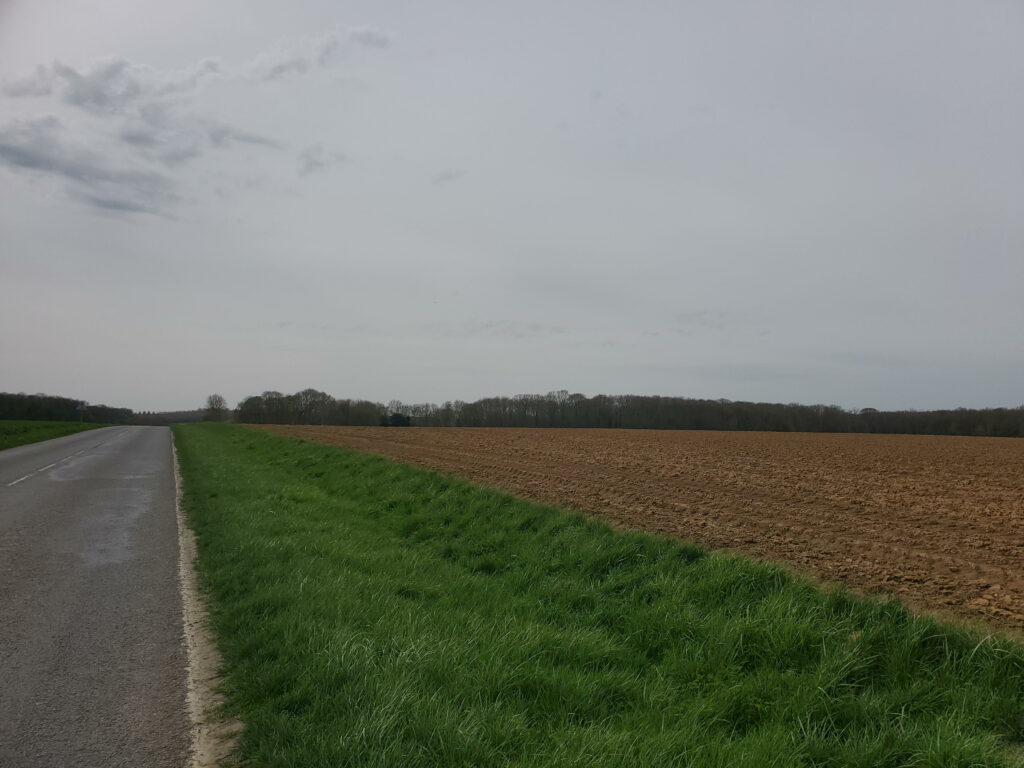
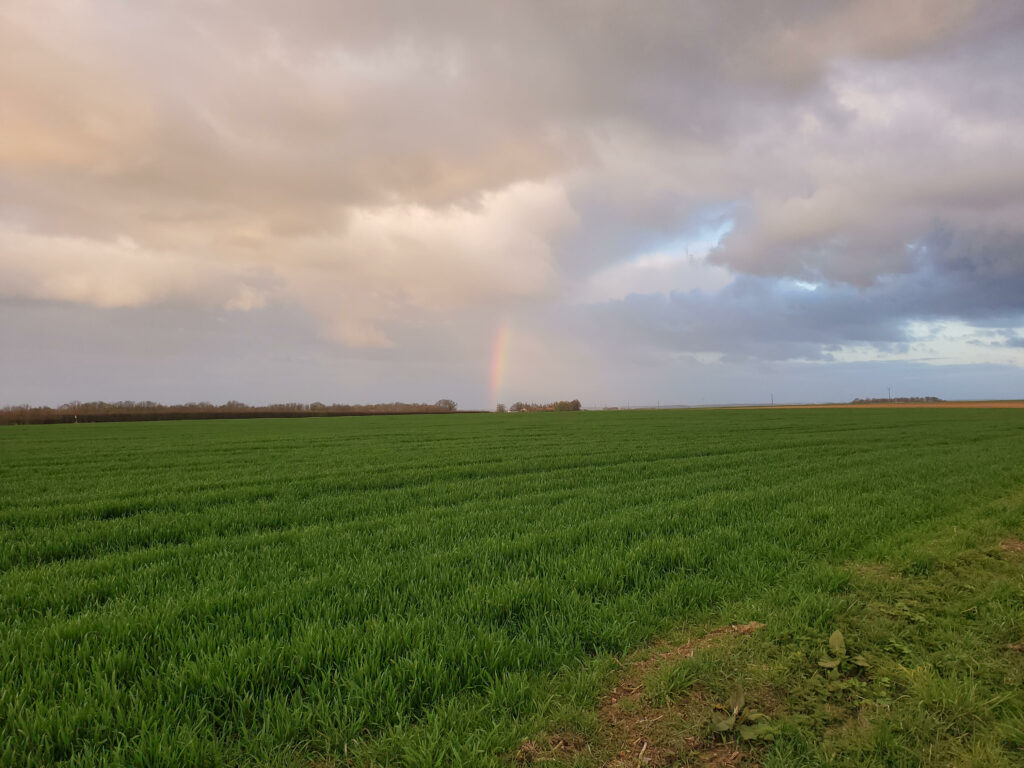
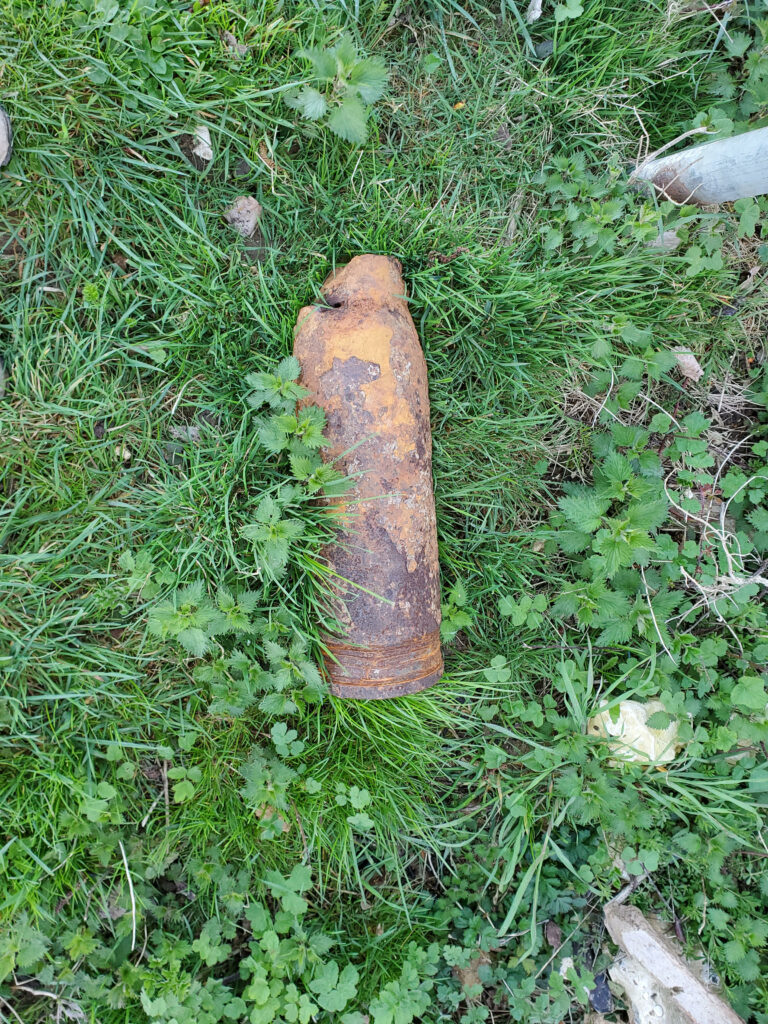
In many ways, the document that inspired this retracing was my cousin, Johannes Möller. He is the grandson of Otto, and he wrote his high school thesis on his grandfather’s experiences in WWI. The document is impressive. Another helpful document was a book that focused on the experiences of men in the region of Ulm who fought in WWI.
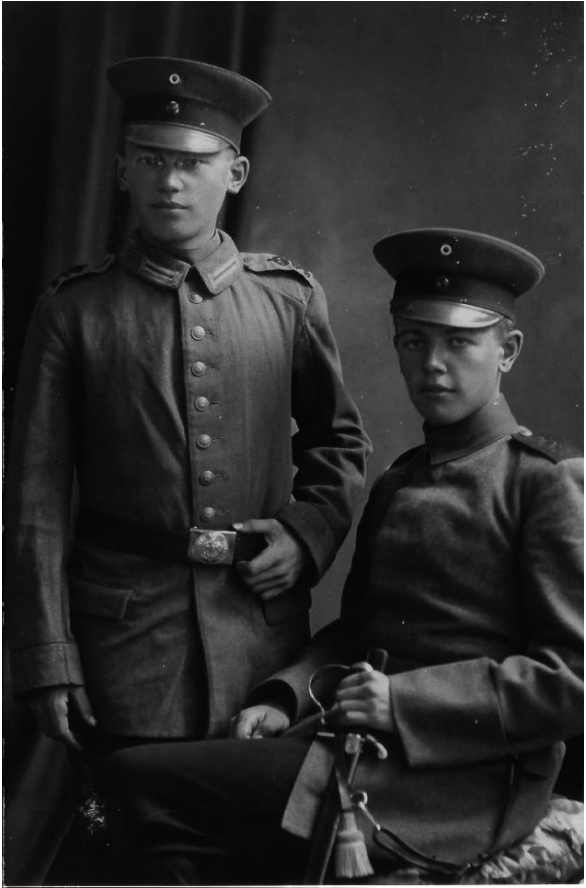
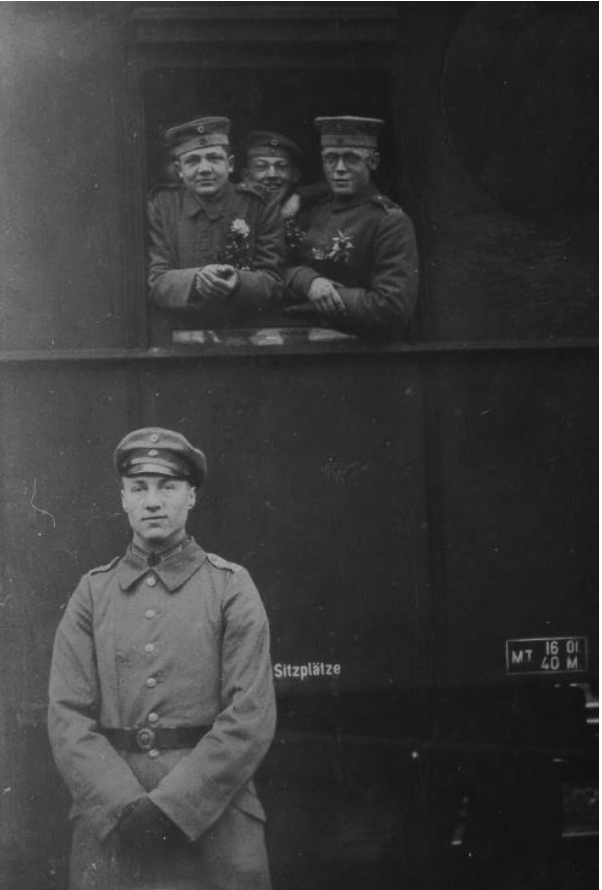
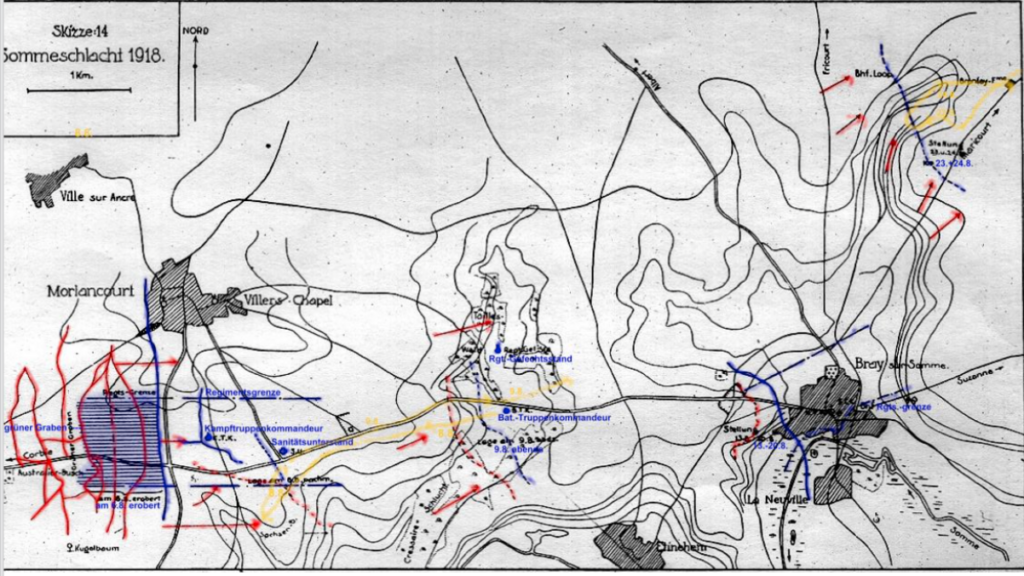
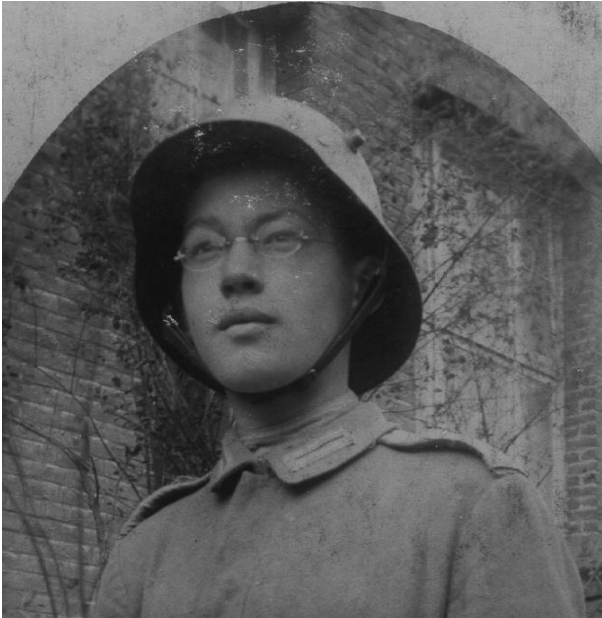
Leave a Reply